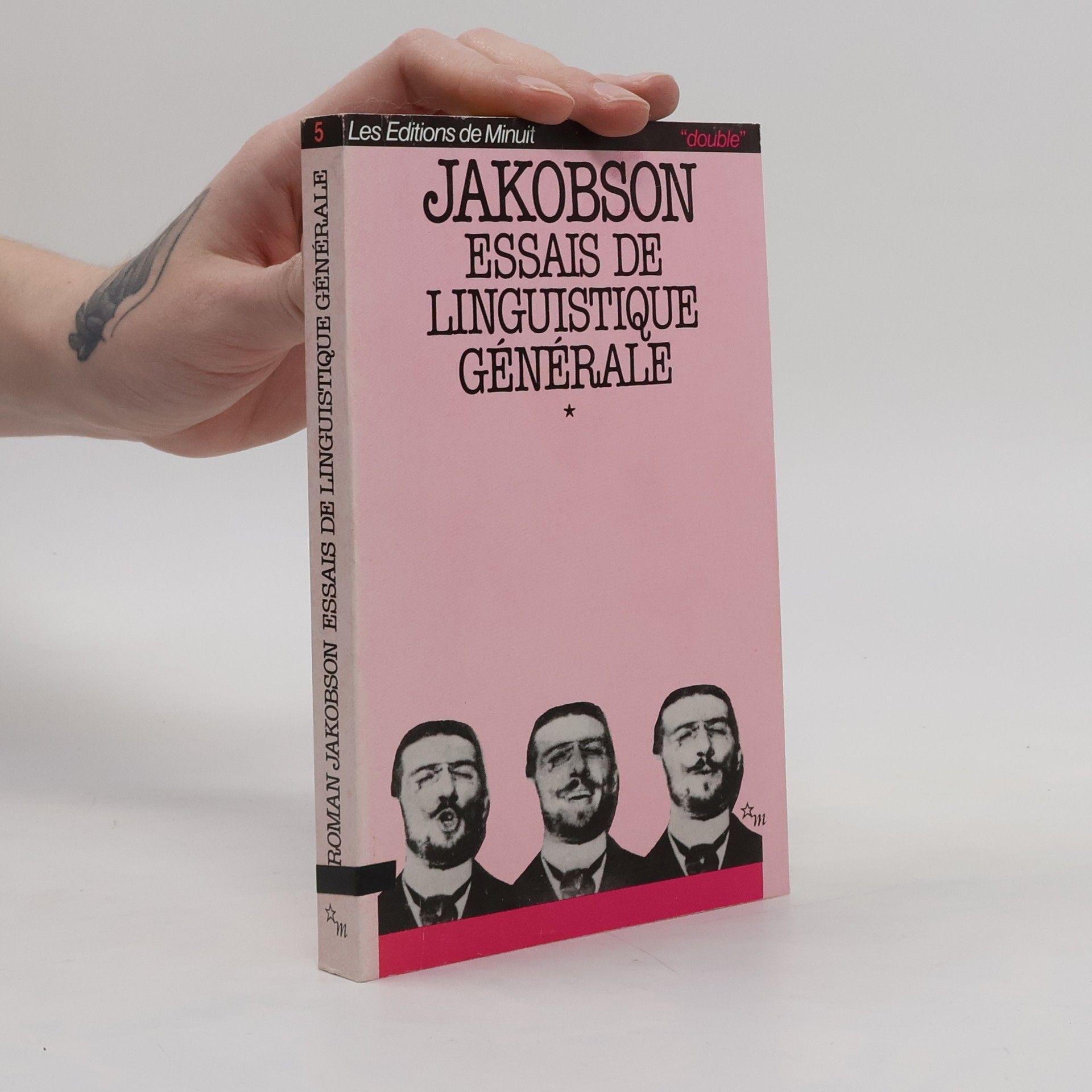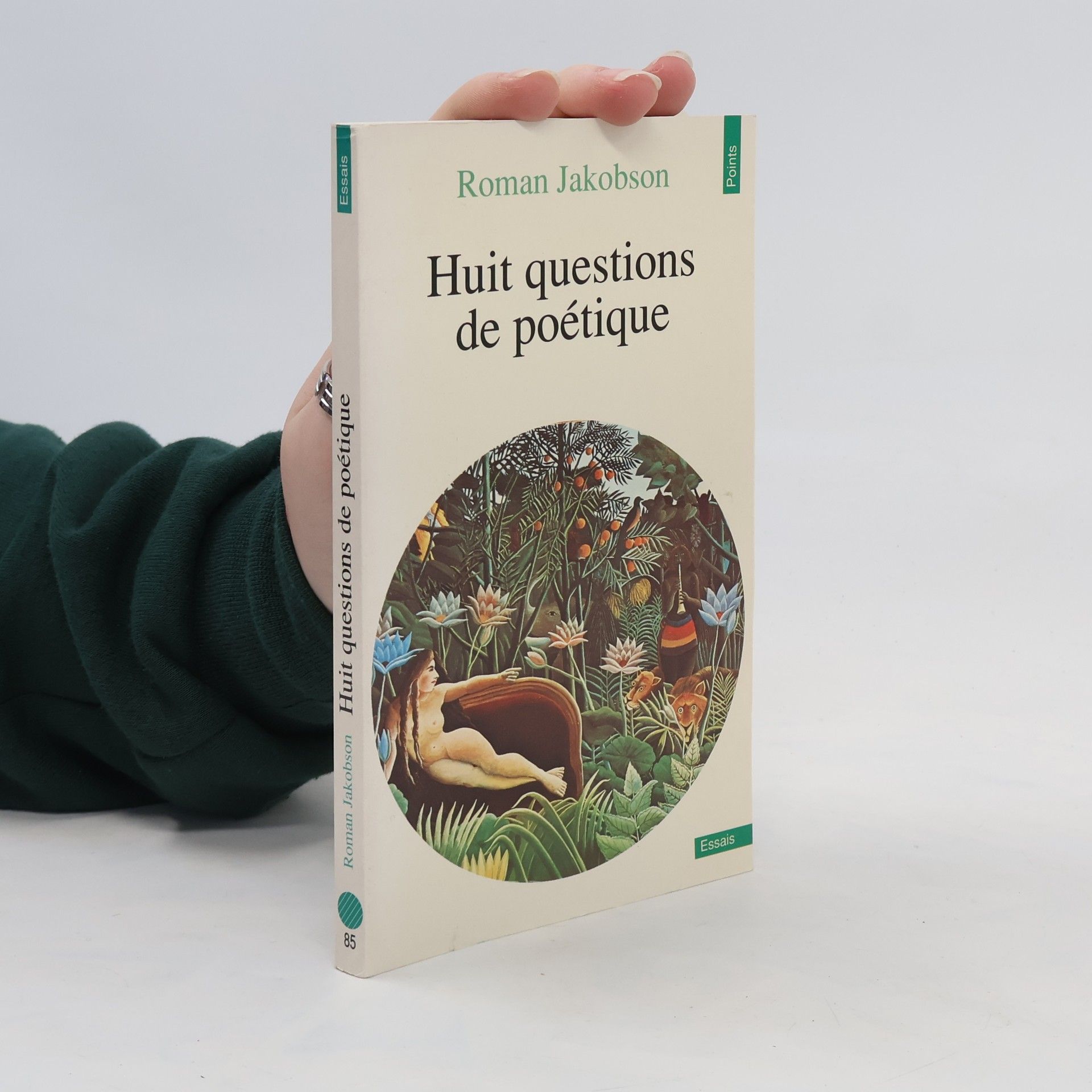The work of Roman Jakobson has long been recognized as central to debates in linguistics and literary theory. This book makes Jakobson's ideas, previously collected only in a monumental, seven-volume edition of his selected writings, readily available for the first time. It brings together eleven essays on topics of crucial importance to poetics and linguistics
Roman Ossipowitsch Jakobson Books
Roman Jakobson was a pivotal figure in the structural analysis of language, profoundly influencing linguistics and literary theory. His innovative methodologies, initially focused on sound systems, were adeptly extended to syntax, morphology, and even the interpretation of poetry, music, and visual arts. Jakobson's generalization of structural methods became a major intellectual movement, shaping disciplines beyond linguistics, such as anthropology and literary studies. His enduring legacy continues to resonate in fields like cultural semiotics.

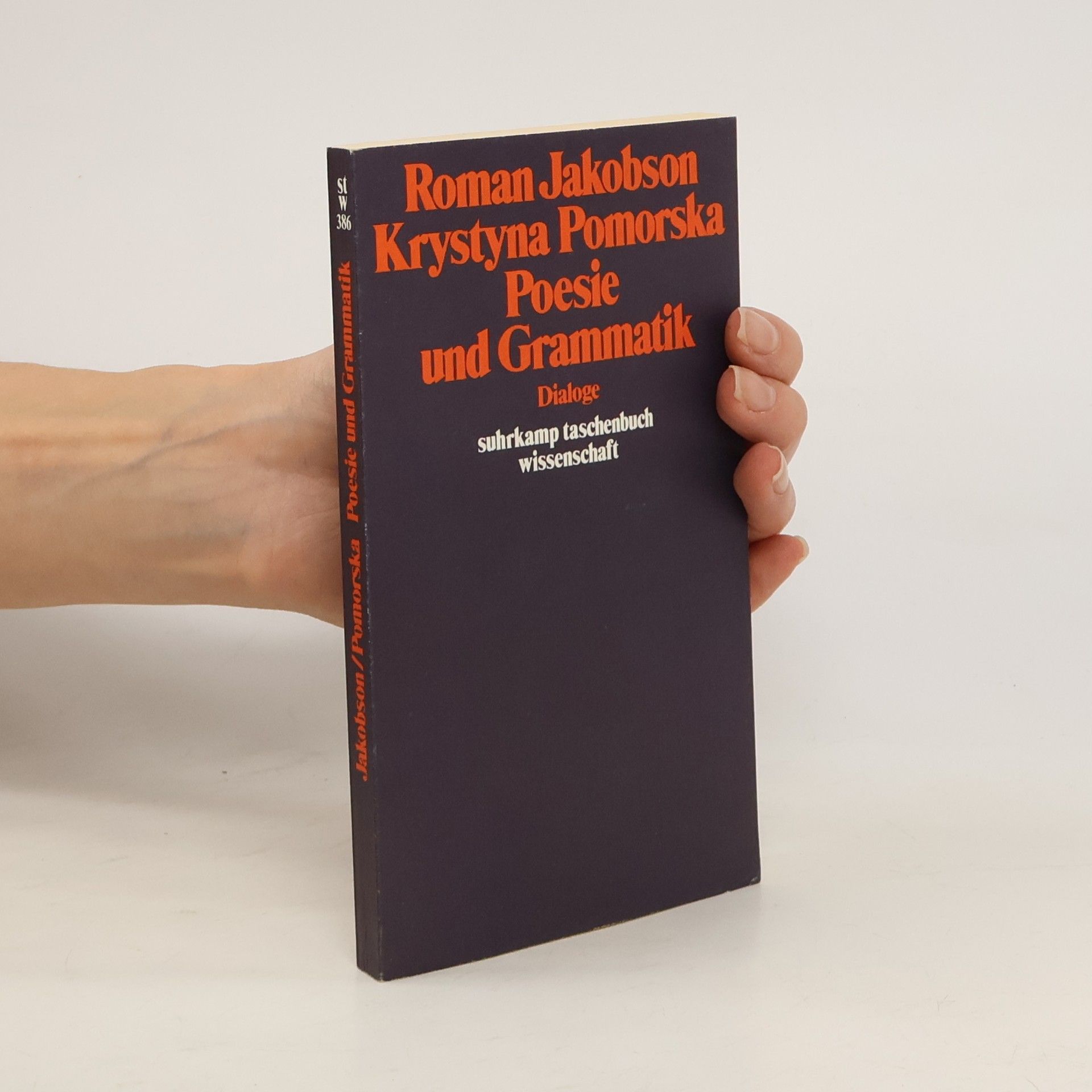
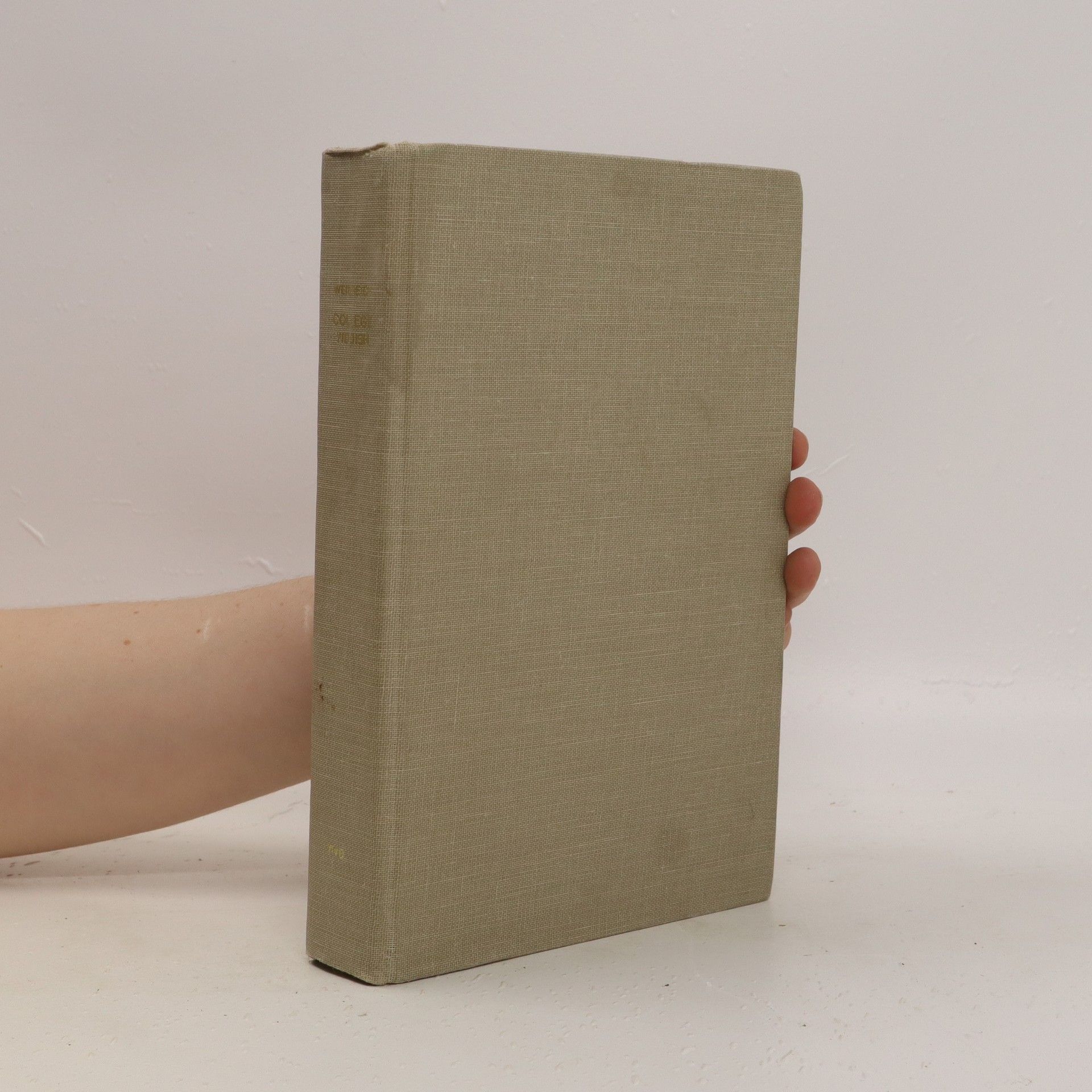


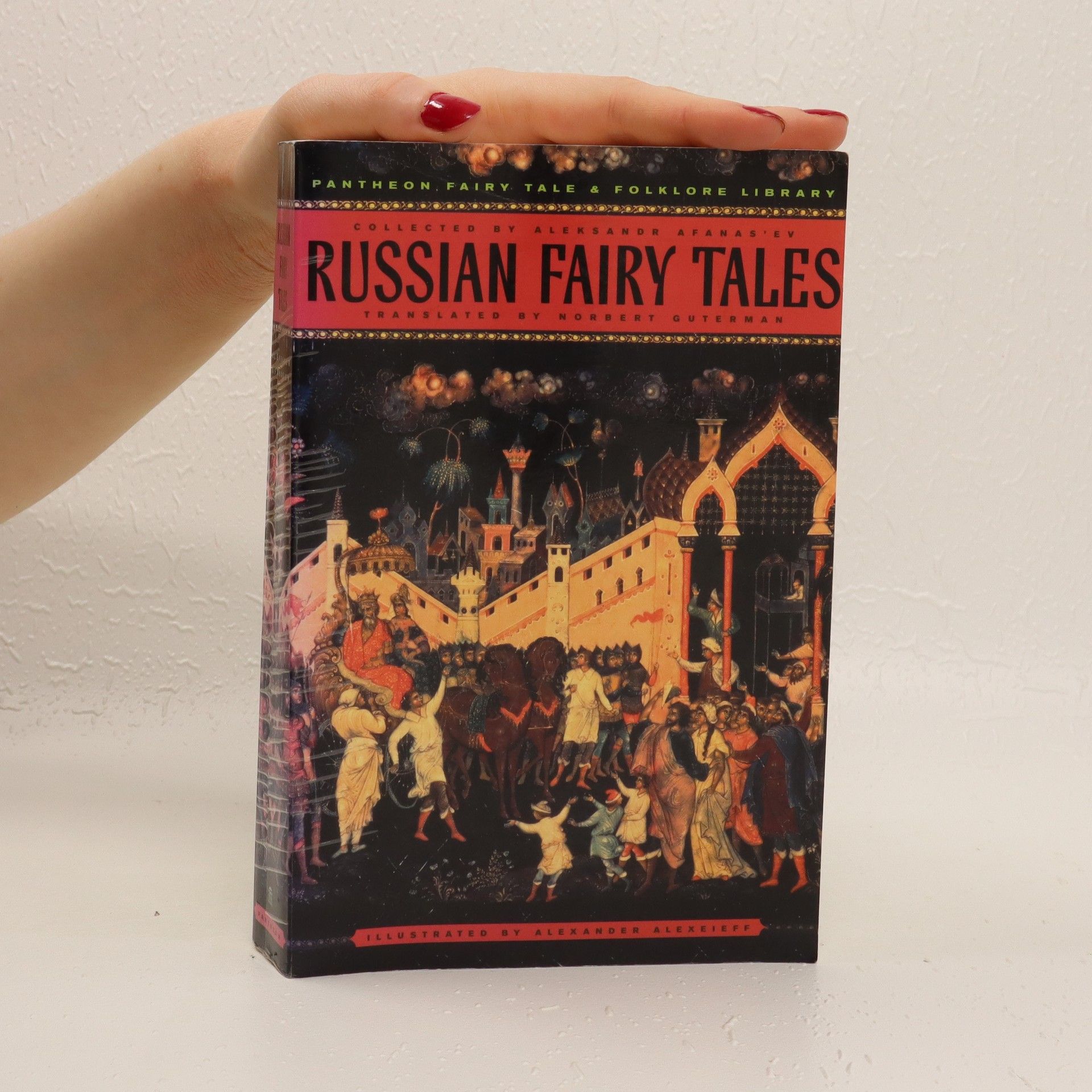
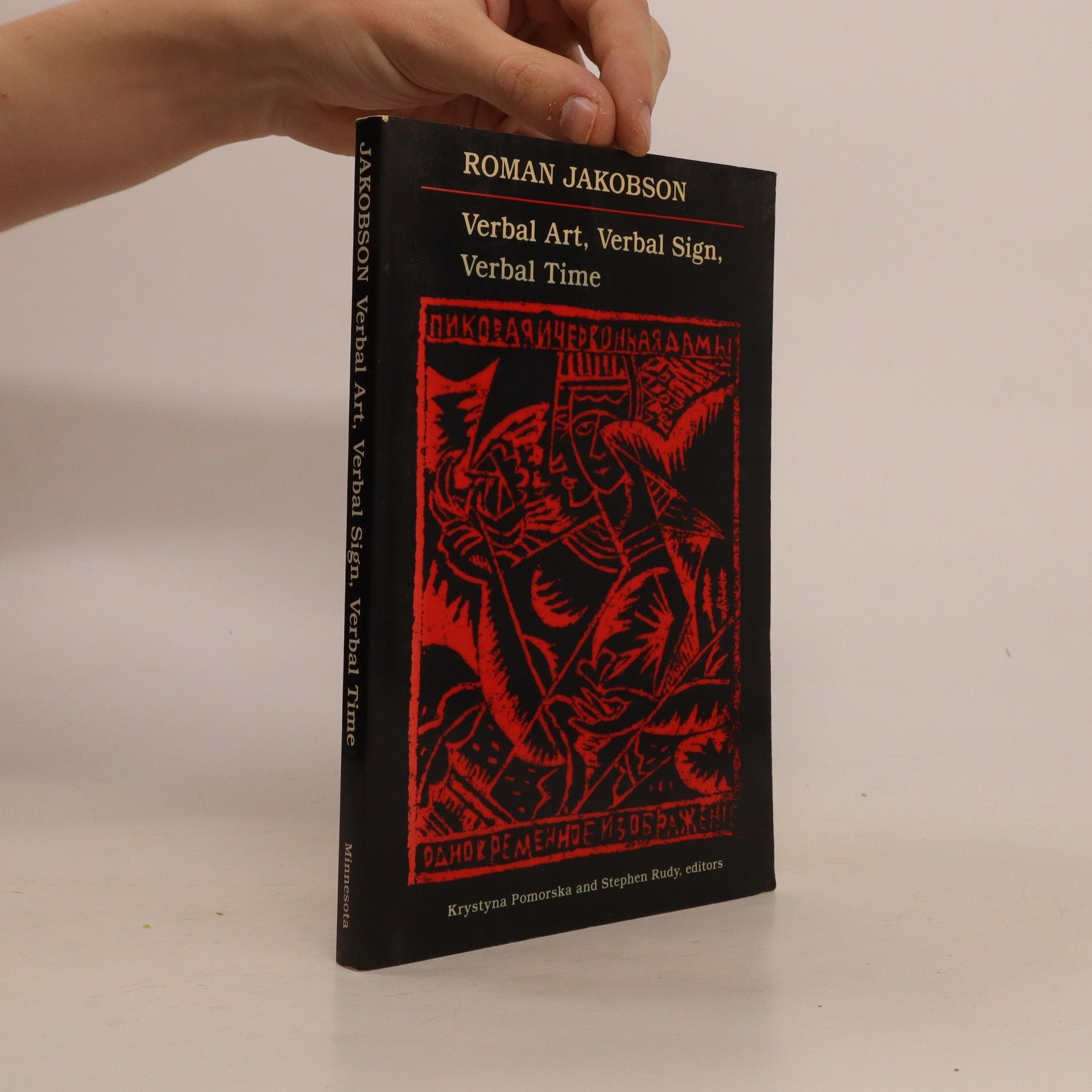
Russian fairy tales
- 672 pages
- 24 hours of reading
In this most comprehensive collection of classic Russian tales available in English we meet both universal fairy-tale figures—thieves and heroes, kings and peasants, beautiful damsels and terrifying witches, enchanted children and crafty animals—and such uniquely Russian characters as Koshchey the Deathless, Baba Yaga, the Swan Maiden, and the glorious Firebird. The more than 175 tales culled from a centuries-old Russian storytelling tradition by the outstanding Russian ethnographer Aleksandr Afanas’ev reveal a rich, robust world of the imagination that will fascinate readers both young and old.With black-and-white drawings throughout.
Paleosiberian Peoples and Languages; a Bibliographical Guide
- 236 pages
- 9 hours of reading
Poesie und Grammatik
Dialoge
»Der eigentliche Auslöser für diesen neuen Zugang zur Sprache und zur Sprachwissenschaft war jedoch – zumindest was mich angeht – die ungestüme Entwicklung der Kunst zu Beginn des 20. Jahrhunderts. Diejenigen von uns, die sich mit der Sprache beschäftigten, erlernten die Anwendung des Relativitätsprinzips auf linguistische Operationen. Von allen Seiten wurden wir geradezu gedrängt, diesen Weg zu beschreiten: von der aufsehenerregenden Entwicklung der modernen Physik, von Theorie und Praxis der kubistischen Malerei, in der ›alles auf Relationen beruht‹, auf der Wechselwirkung zwischen Teilen und Ganzem, zwischen Farbe und Gestalt, Darstellung und Dargestelltem« ( Roman Jakobson ). Am Leitfaden der Biographie Roman Jakobsons gibt dieser Band einen Überblick über die Probleme und Forschungsergebnisse des bedeutendsten Linguisten der Gegenwart.
Dieser Band versammelt Roman Jakobsons wichtigste theoretische Schriften zur Poetik. Er enthält die beiden mittlerweile klassischen Texte »Linguistik und Poetik« und »Poesie der Grammatik und Grammatik der Poesie« sowie Studien über den Realismus in der Kunst, die Folklore, das Verhältnis von Dichtung und Gesellschaft am Beispiel der Hussitendichtung und über den Parallelismus. In zwei vergleichenden Aufsätzen über Vladimir Majakovskij und Boris Pasternak expliziert Jakobson zum erstenmal das Verhältnis von Metapher und Metonymie, das dann im Strukturalismus (vor allem bei Claude Lévi-Strauss und Jacques Lacan) eine Schlüsselrolle einnehmen sollte.Roman Jakobson (1896– 1982) gehörte in seiner Jugend zum Kreis der russischen Formalisten, schloß sich später aber den Strukturalisten an. Mit seinem einflußreichen Werk trug er dazu bei, daß aus dem ursprünglich linguistischen Strukturalismus eine weltweit anerkannte, interdisziplinär anwendbare Erkenntnismethode wurde.
Essais de linguistique générale
- 259 pages
- 10 hours of reading
Première édition en français, Ed. de Minuit, 1963. Onze essais (dont le plus ancien date de 1949) portant sur les problèmes fondamentaux qui se posent à la linguistique structurale: en phonologie, grammaire, sémantique, rhétorique, poétique, etc. Parmi les chapitres importants on note: Phonologie et phonétique (le principe de binarité) - Aspects linguistiques de la traduction - Linguistique et théorie de la communication (la notion de communication est primordiale dans l'oeuvre de Jakobson) - Linguistique et poétique. L'auteur s'efforce sans relâche d'aborder linguistiquement les problèmes de sens. La préface de Nicolas Ruwet, p. 7-21, permet au lecteur peu averti de s'orienter avec rapidité. Ce livre se lit sans difficulté véritable, et même parfois avec amusement. Sa lecture partielle est possible dès la première année du cycle collégial. Fondamental.
Huit questions de poétique
- 188 pages
- 7 hours of reading
Ce volume regroupe un choix de textes que Roman Jakobson a consacrés, de 1920 à 1970, à la théorie de la littérature. La fonction poétique, la métaphore et la métonymie, la dominante, la poésie de la grammaire, l'espace du texte : autant de notions, autant de problèmes, qui sont devenus le point de départ des discussions les plus fécondes de nos jours. Linguiste et poéticien, Jakobson ouvre les yeux des linguistes sur les faits poétiques, considérés longtemps comme marginaux, et prouve aux "littéraires" que la poésie est bien, avant tout, oeuvre de langage

